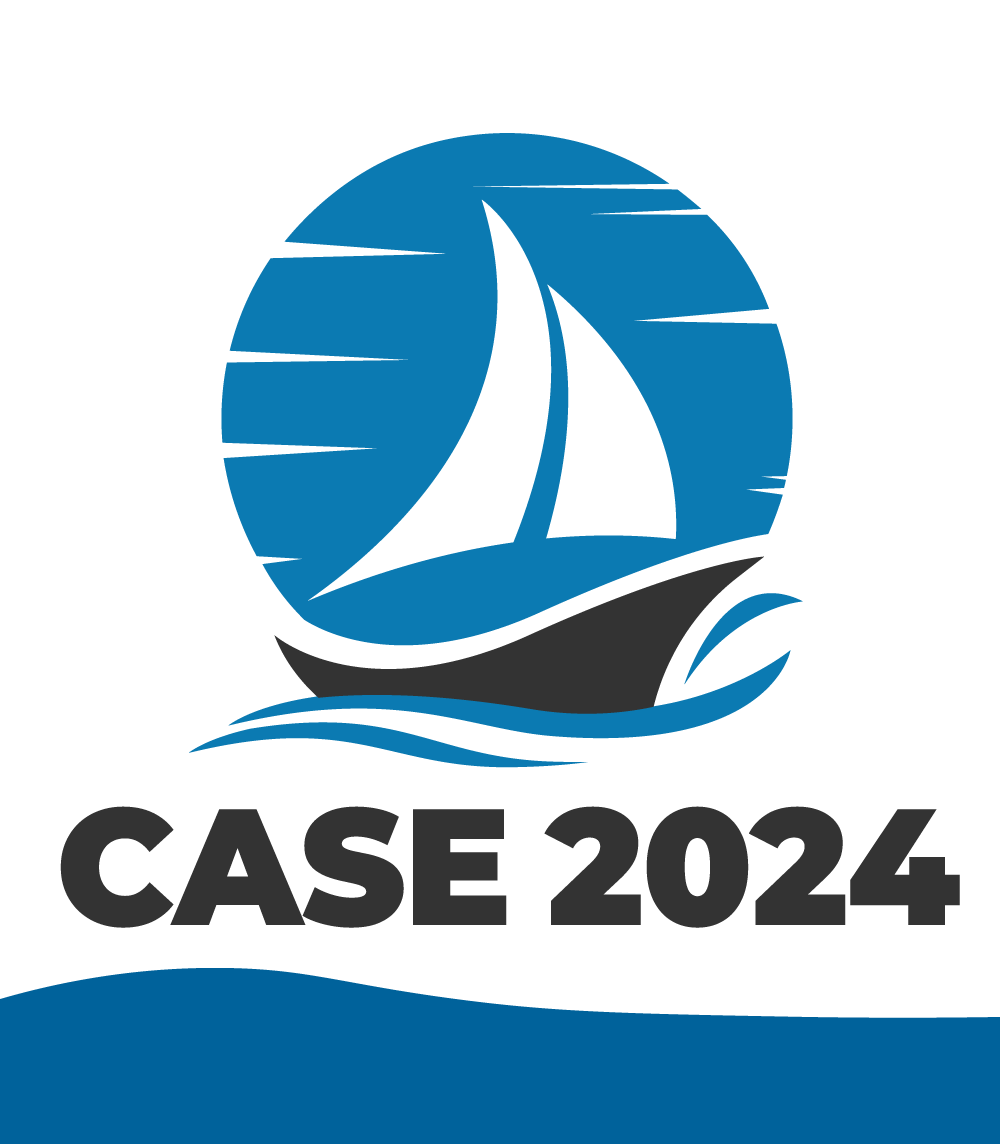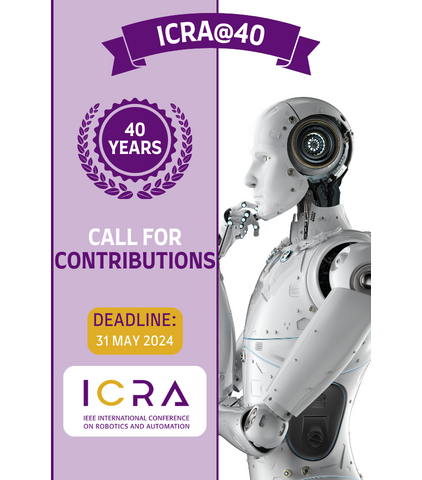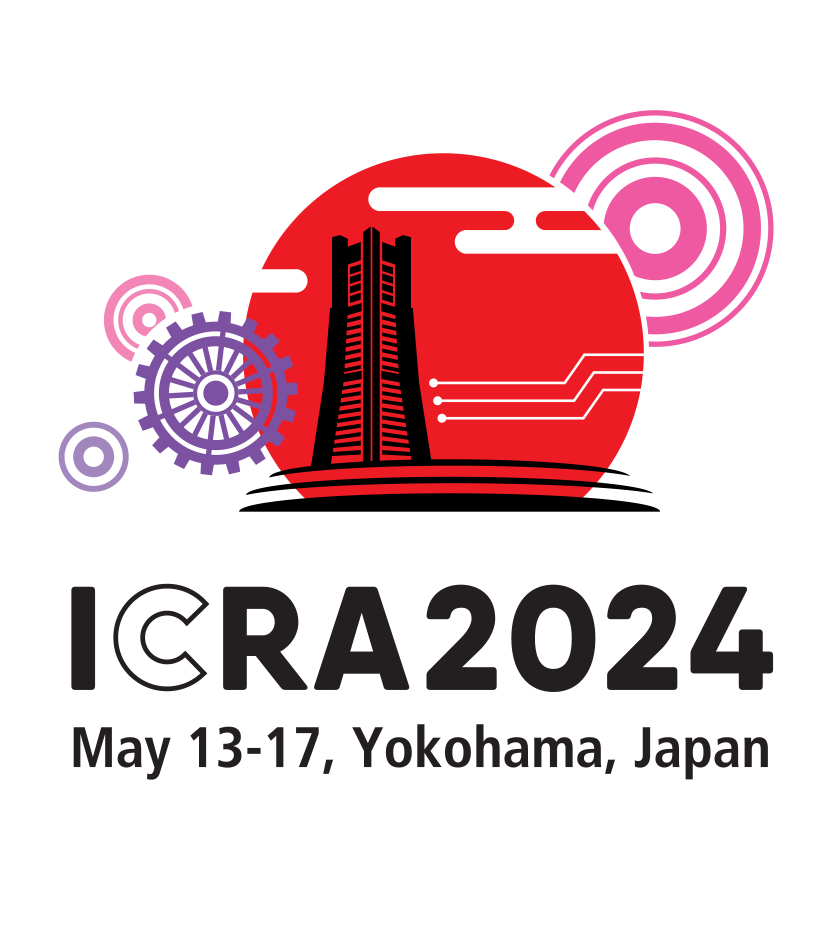In Memoriam: Jean-Paul Laumond
Written by: Raja Chatila, Antonio Bicchi, Wolfram Burgard, Alessandro De Luca and Yoshihiko Nakamura
The robotics community mourns Jean-Paul Laumond, a pioneer of non-holonomic motion planning and humanoid robotics.
Figure 1.: Jean-Paul Laumond at Workshop on the Algorithmic Foundations of Robotics (WAFR): Guanajuato, Mexico, 2008
The robotics community mourns Jean-Paul Laumond, a pioneer of non-holonomic motion planning and humanoid robotics.
- “Jean-Paul, tell me why do we have so much trouble to compute Hilare’s trajectories and maneuvers?” asked Georges Giralt one morning, late 1985. Hilare was an experimental robot developed at LAAS-CNRS in Toulouse, France, with two motor-driven wheels and a front free wheel.
- “Er… well… because it has wheels!” says Jean-Paul.
And he got to work to develop the theory of non-holonomic motion planning. This opened new avenues and immense possibilities in robotics.
It is a difficult exercise to write this column about a colleague and a friend. Jean-Paul Laumond has passed away after a sudden heart attack on 20 December 2021. Born in Donzenac, France in 1953, he was a high-school Mathematics professor when he decided to undertake a Ph.D. with Georges Giralt at LAAS-CNRS in Toulouse, France in 1980. After defending his thesis, he joined the French National Center of Scientific Research (CNRS) in 1985 and spent most of his career at LAAS. He moved to the Department of Computer Science (DIENS) of the Ecole Normale Supérieure in Paris in 2019, within the Inria team WiIlow.
From non-holonomic motion planning and control, to humanoid robotics, to modeling human motion, Jean-Paul was able to develop complex theories and put them to work in the real world. This includes the development of initial and pioneering solutions to the SLAM problem for the robot Hilare in the early eighties and founding the company Kineo CAM, which is now part of Siemens.
He was awarded the RAS IEEE Inaba Technical Award for Innovation Leading to Production in 2016. He was elevated Fellow of the IEEE in 2007 for his “contributions to robot motion planning and control”. He served two terms as a member of the RAS Adcom (2007-2012) and was Editor of the IEEE Transactions on Robotics (2008-2012).
Jean-Paul was also a leader. He was director of the Joint Japanese-French laboratory on humanoid robotics from 2005 until 2008. He founded the Gepetto team at LAAS to focus on anthropomorphic motion and was awarded a prestigious European Research Council Advanced Grant to study the computational foundations of anthropomorphic action.
Jean-Paul Laumond has been the first roboticist to hold the Liliane-Bettencourt Chair in Technological Innovation at the prestigious Collège de France from 2011 to 2012, a true ambassador of our field. In 2015 he was elected to the French Academy of Technology and then to the Academy of Sciences in 2017.
Many in our robotics family at large share memories about the fascinating scientific and human personality of Jean-Paul. He was a curious researcher who loved the challenges and discussing science at all levels. Ready to listen and exchange inspiring ideas with colleagues, and generous in giving advice and sharing his visions and enthusiasm with students. A kind and warm person with a charming smile and dry humor, though strong and passionate when arguing about culture, politics, or food (not to mention Poincaré and Hephaestus) - and always available to serve our community and discipline.
Jean-Paul was concerned about the perception of technology, and how the language used to describe robots skewed the understanding of their capacities in the general public. He was always at the center of enthusiastic multicultural discussions among the robotics researchers with his love to art, music, science, and mathematics, which also made him a leader and spokesman of robotics as both a science and a metaphysical reflection. In November 2021, just a few weeks before his passing away, he co-organized a multidisciplinary colloquium at the Academy of Sciences: “Myths and Machines. Robotics and Artificial Intelligence: thinking about technology today”. He left us too soon with this legacy.







